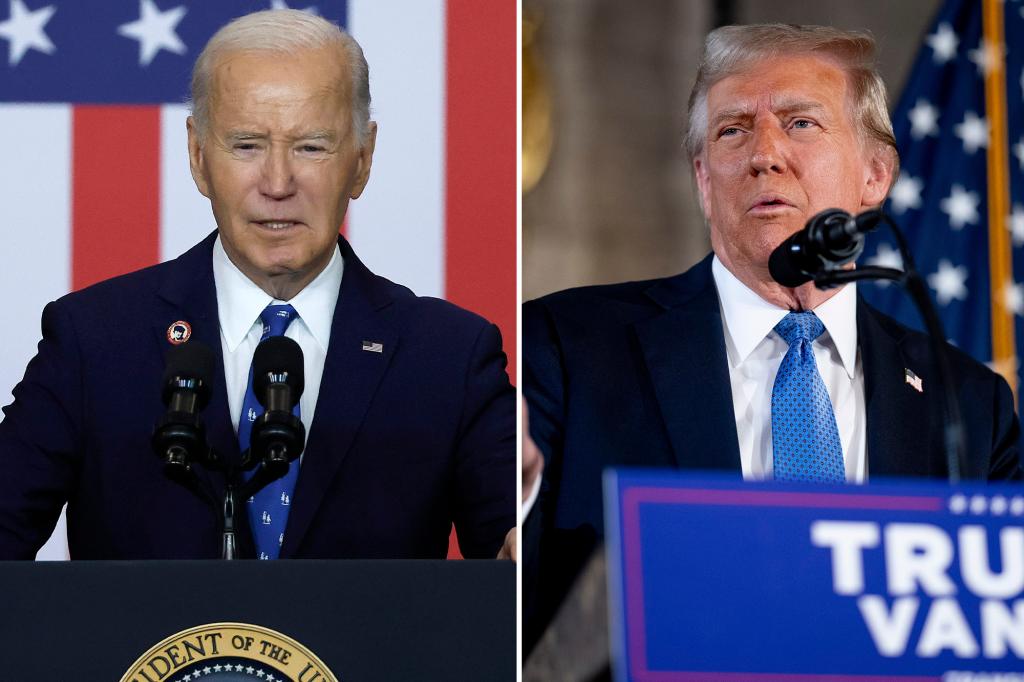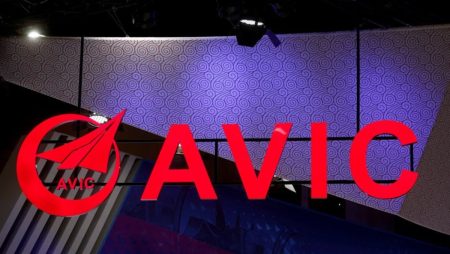The eleventh-hour passage of a stopgap funding bill averted a government shutdown and provided a temporary reprieve from the looming fiscal cliff, pushing the ultimate budgetary decisions to the incoming Trump administration. This legislative action, though crucial for maintaining government operations, merely postpones a more comprehensive and potentially contentious debate on federal spending, setting the stage for a likely clash between the new president and fiscal hawks within his own party. The bill, signed by President Biden just before the deadline, funds the government at current levels until March 14, 2025, providing a short-term solution while leaving long-term fiscal challenges unresolved.
The journey to this stopgap measure was marked by political maneuvering and public pronouncements. An initial, voluminous 1,500-page funding bill drew sharp criticism from President-elect Trump and his prominent ally, Elon Musk, who advocated for a more streamlined and focused approach. Their intervention, coupled with existing partisan divisions on spending priorities, forced negotiators back to the drawing board. The resulting compromise, a significantly condensed stopgap bill, ultimately garnered enough bipartisan support to pass both chambers of Congress, though its temporary nature underscores the deep-seated disagreements that remain.
Beyond simply keeping the government’s lights on, the stopgap measure addresses two urgent national priorities: disaster relief and agricultural aid. The inclusion of $100 billion for hurricane relief reflects the immediate need to support communities grappling with the aftermath of devastating storms. This funding is intended to provide crucial assistance for recovery efforts, including housing, infrastructure repair, and essential services. Furthermore, the bill allocates $10 billion in aid to farmers, acknowledging the economic hardships faced by the agricultural sector and providing a measure of support to stabilize their operations.
Despite providing a temporary fix, the short-term nature of the stopgap funding sets the stage for a renewed budgetary battle in the coming months. With the funding set to expire in March, the incoming Trump administration will be forced to confront difficult decisions regarding federal spending. This looming deadline creates a pressure cooker environment where the new president’s fiscal priorities will be tested against the demands of both his own party and the opposition. The limited timeframe until the next funding deadline leaves little room for extensive debate and increases the likelihood of another high-stakes standoff.
The challenge for the incoming administration will be navigating the competing pressures from within the Republican party. While some factions may advocate for deep spending cuts and a smaller government footprint, others may prioritize funding for specific programs and initiatives. This internal struggle could complicate negotiations and create a difficult balancing act for President-elect Trump as he seeks to fulfill campaign promises while maintaining party unity. The confluence of these factors points to a potential showdown between the White House and fiscal hardliners within the GOP, particularly those who advocate for significant reductions in government spending.
President Biden, in signing the stopgap bill, emphasized its dual purpose – preventing a government shutdown and providing crucial disaster relief funding. His statement highlights the urgent need to address the immediate needs of hurricane-ravaged communities and underscores the importance of ensuring continuous government operations. While acknowledging the temporary nature of the solution, the president’s remarks suggest a desire to avoid the disruptive consequences of a shutdown and to prioritize the delivery of essential aid. However, the underlying fiscal challenges remain, and the responsibility for finding long-term solutions now falls squarely on the shoulders of the incoming Trump administration.










